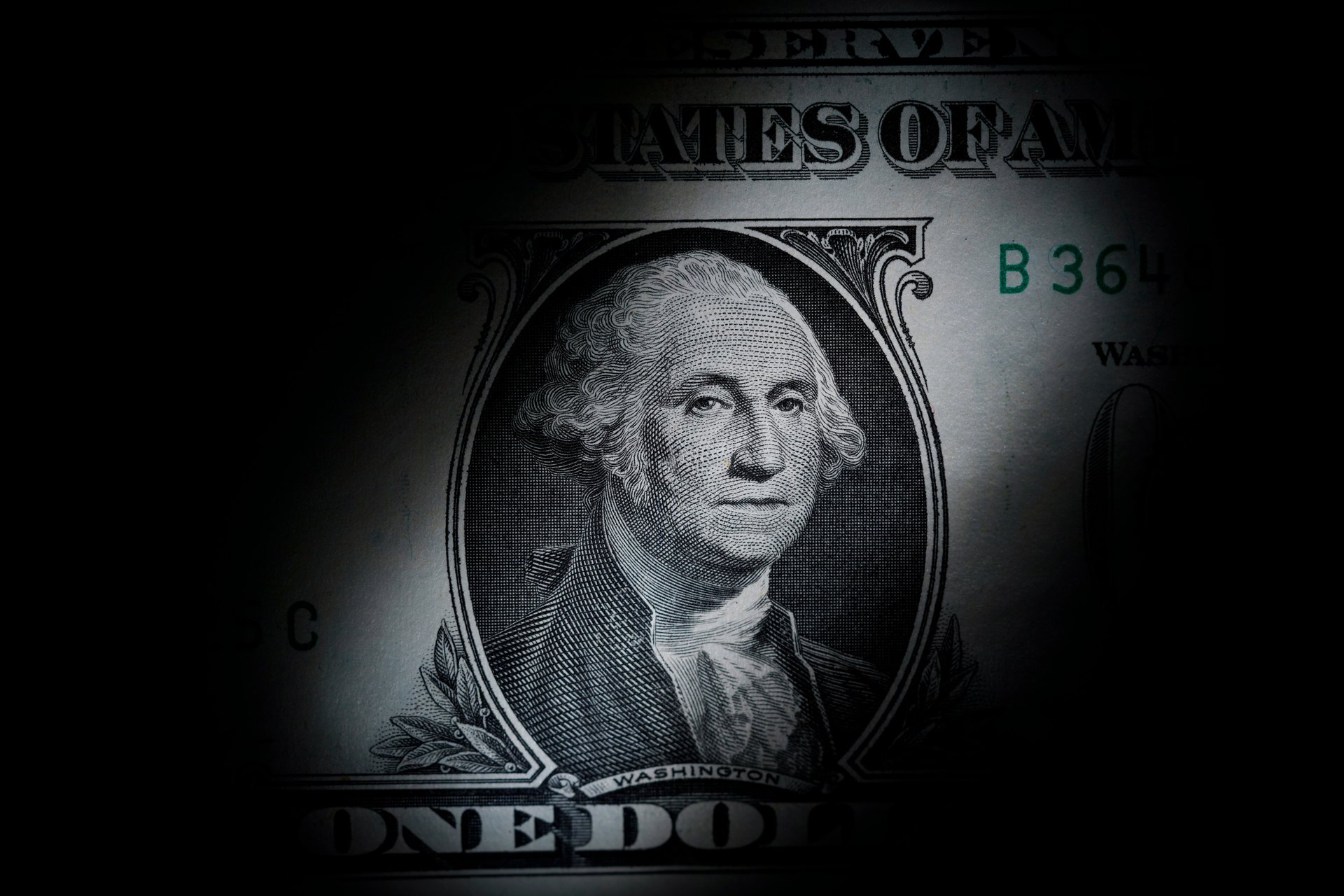CBO projects a $188 billion decrease in this year's federal budget deficit, but debt would then grow
The Congressional Budget Office says it expects the federal budget deficit to drop by $188 billion this fiscal year to $1.5 trillion

WASHINGTON (AP) — The Congressional Budget Office said Wednesday that it expects the federal budget deficit to drop by $188 billion this fiscal year to $1.5 trillion, a short-lived dip as the annual shortfall is likely to rise over the next nine years.
Suggested Reading
Two major factors are behind the decline in the budget deficit this year, each of them one-off events that reflect the challenge for lawmakers in trying to close the growing gap between tax revenues and spending.
Related Content
First, the current fiscal year started on an October weekend, which caused its payments to be booked in fiscal 2023 without offsetting revenues.
Second, tax revenues are expected to increase because of better returns on financial investments and the collection of taxes from last year that the government postponed because of natural disasters.
Over the next decade, the cumulative budget deficits will be 7% smaller than the nonpartisan CBO forecast last year. That's mainly because of an agreement President Joe Biden signed last summer with Congressional Republicans that temporarily lifted the statutory debt ceiling in exchange for restrictions on government spending. But also, economic growth looks stronger than what was forecast and more people are working.
Still, deficits are a problem for lawmakers in the years to come because of the burden of servicing the total debt load, an aging population that pushes up the total cost of Social Security and Medicare and rising health care expenses.
The report also projects that the nation's publicly held debt is set to increase from 99% of gross domestic product at the end of 2024 to 116% of GDP — the highest level ever recorded — by the end of 2034. Behind that increase are persistently large gaps between how much the government receives from taxes and how much it spends, a gap filled by borrowing from investors.
Maya MacGuineas, president of the Committee for a Responsible Federal Budget, said, “Policymakers need to take this somber moment to reflect on the grave situation we face and commit themselves to do better.” While the deal last summer to lift the debt ceiling and limit spending “was a good start,” she said, “there is so much more to be done.”
The CBO projections often contain uncertainties as laws can change or the economy can perform much better or far worse than anticipated. For instance, this time last year, the office projected the unemployment rate would jump to 4.7% in 2023, while the current unemployment rate is 3.7%.
The CBO anticipates that the unemployment rate will hit 4.4% at the end of 2024.
There are ongoing disagreements between Democrats and Republicans on the causes and possible fixes for the national debt, making it a perpetual campaign talking point that seldom leads to a sweeping solution.
Republicans blame Democrats for spending too much during President Joe Biden’s tenure, while Democrats blame Republicans for the costs of tax cuts undertaken during Donald Trump’s presidency.
Bill Hoagland, senior vice president at the Bipartisan Policy Center, said in a statement that the political brinkmanship adds uncertainty to the economic outlook. “Members from both parties claim to agree that the nation’s fiscal path is unsustainable and in need of correction,” Hoagland said. “Difficult decisions about entitlement reform, revenue generation and the budget process are required.”
The latest 10-year deficit projections from the CBO might be somewhat optimistic, as they assume that many of the tax cuts that Trump signed into law expire at the end of 2025. Republicans want to preserve all of the tax cuts and possibly expand them, which would eat into expected revenues at a time when spending would simultaneously increase.
Federal Reserve Chair Jerome Powell said during an interview last Sunday on CBS's 60 Minutes: “The debt is growing faster than the economy, so it is unsustainable."
Michael A. Peterson, CEO of the Peter G. Peterson Foundation, said the CBO projections show there has “never been a more urgent time for a bipartisan fiscal commission to recommend solutions to put us on a stronger path.”